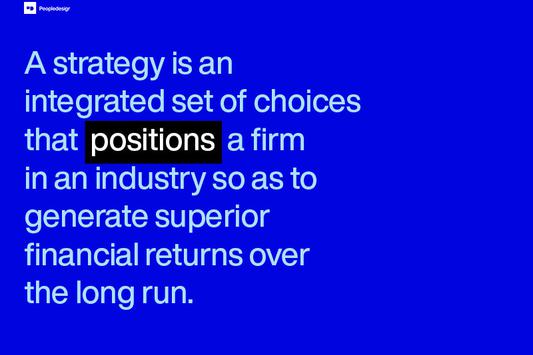
Peopledesign
The Built Environment
Furniture
Lighting
Textiles/Upholstery
Flooring/Carpet
Building Materials
AE Firms
Too Many Products
Too Many Products

There’s hardly an easier way to nudge short-term sales than introducing a new product.
Giving salespeople a reason to get in front of customers.
Nobody wants to come to NeoCon, Design Days, or any other show with the same stuff as last year.
Designers (and just about everyone else) like new things. A&D and other specifiers often indicate that customers want more choices.


Another lens is profitability. This is not news for product managers, but products should be designed to be profitable from the start. Product innovation can mean listening to the market without feeling forced to include features you can’t afford to offer.

Your clear winners must be promoted and supported properly. Invest wisely in your best-selling and most profitable lines. Collectively, these are a driving force behind your brand meaning.
Some product lines still make money and support a few critical customers. The tooling still works, so sell those products. Keep customers happy and provide support as needed, but these products don’t need to be prominently featured on your website and elsewhere – at least not in the same way. Don’t let supported but not promoted products muddy the brand picture.
Some products simply need to be retired. Don’t let familiarity tie you to your past – chart product evolution paths, allowing new, better products to fill old seats.



